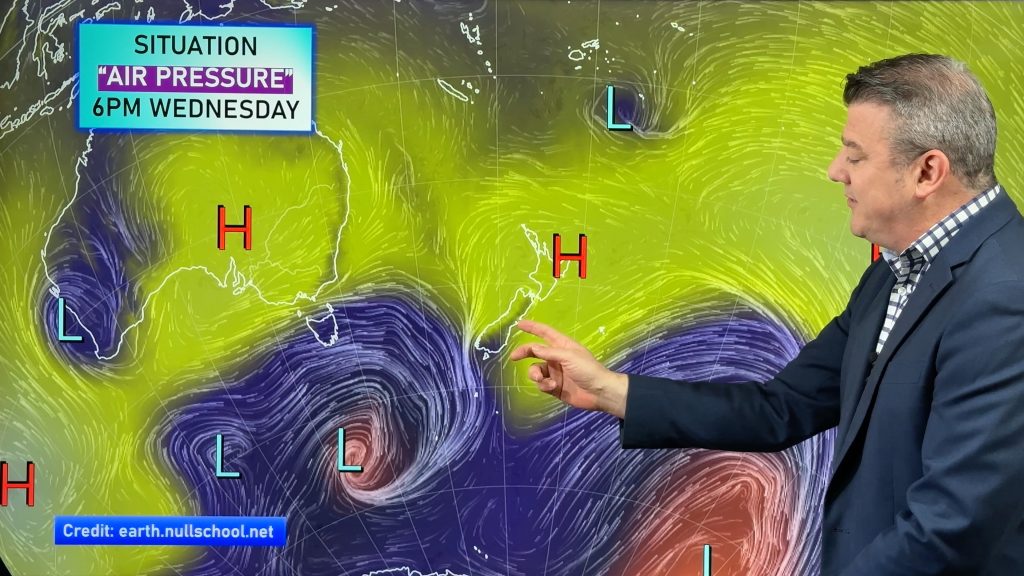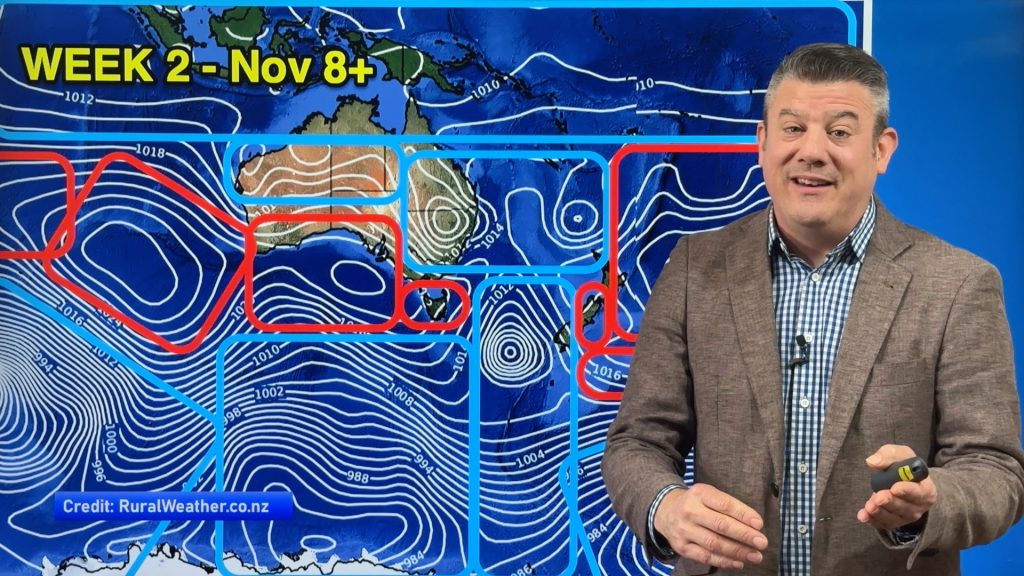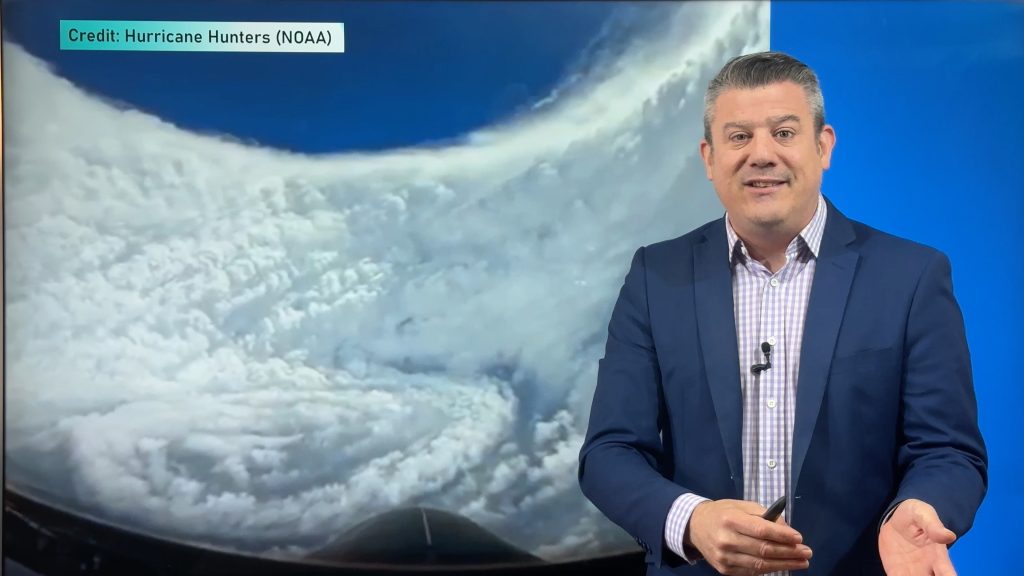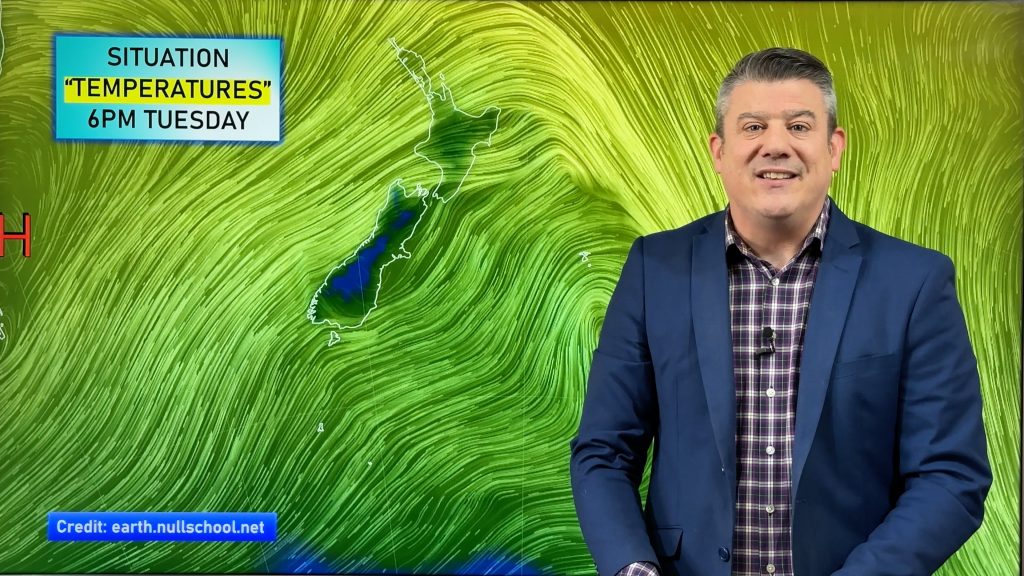
> From the WeatherWatch archives
More than 60 years after the first tornado forecasts were issued, there are still a large number of people in the US who aren’t sure what “tornado warning” means.
The first tornado forecast was issued on 25 March 1948 at Tinker Air Force Base in the state of Oklahoma. Back then, the United States Weather Bureau (the USWB became the National Weather Service in 1970) banned the use of the word “tornado” in forecasts fearing that it would cause panic. That ban was lifted in 1950.
The agency that oversees radio and TV broadcasts, the Federal Communications Commission, also had a ban on broadcasting tornado warnings. This wasn’t lifted until 1954.
Eventually, the wording of these warnings was fashioned into a rather sanitised and low-key announcement. Here’s an example:
TAKE COVER NOW. MOVE TO AN INTERIOR ROOM ON THE LOWEST FLOOR OF A
STURDY BUILDING. AVOID WINDOWS. IF IN A MOBILE HOME…A VEHICLE OR
OUTDOORS…MOVE TO THE CLOSEST SUBSTANTIAL SHELTER AND PROTECT
YOURSELF FROM FLYING DEBRIS
Most tornado warnings in the US still contain the above wording.
However, given recent outbreaks over the last few years where destruction has been catastrophic, it was felt that a new type of warning needed to be used. One with much more bite.
Here is a sample taken from one of the warnings issued during last week’s outbreak in the central US…
IMPACT…THIS IS A LIFE THREATENING SITUATION. YOU COULD BE KILLED
IF NOT UNDERGROUND OR IN A TORNADO SHELTER. COMPLETE
DESTRUCTION OF ENTIRE NEIGHBORHOODS IS LIKELY. MANY WELL
BUILT HOMES AND BUSINESSES WILL BE COMPLETELY SWEPT FROM
THEIR FOUNDATIONS. DEBRIS WILL BLOCK MOST ROADWAYS. MASS
DEVASTATION IS HIGHLY LIKELY MAKING THE AREA
UNRECOGNIZABLE TO SURVIVORS.
Quite a turnaround from the outright ban on tornado forecasts.
While the language certainly doesn’t pull any punches, that’s kind of the point. When you have a tornado with a history of this kind of damage, or a radar signature that indicates this kind of damage is possible…you have to have the wording available to make sure people understand the extreme danger they are in.
So how does any of this relate back to New Zealand? Certainly we don’t have these kinds of tornadoes.
No, we don’t. But we do have weaker tornadoes; in addition to severe other severe weather events.
So by giving you an idea of how severe weather warnings evolved in the US, you can get a better understanding of why we use the language we do.
Here at WeatherWatch.co.nz when we not only let you know what is coming from our perspective but we promote MetService’s warnings as well. Just like in the US, MetService is charged with the responsibility for issuing severe weather watches, warnings and advisories.
The whole point of doing what we do is to give you all the tools you need to keep yourself and your loved ones safe in times of severe weather. You need to know what you are up against. We can only tell you what is coming and what to do about it. It’s up to you to decide if you will take action. By not mincing words, by not sugar-coating, we hope to be giving you the complete picture on which you can base that decision on.
Image courtesy of NOAA/NSSL/NWS
By WeatherWatch Analyst Howard Joseph
Comments
Before you add a new comment, take note this story was published on 22 Apr 2012.






Add new comment